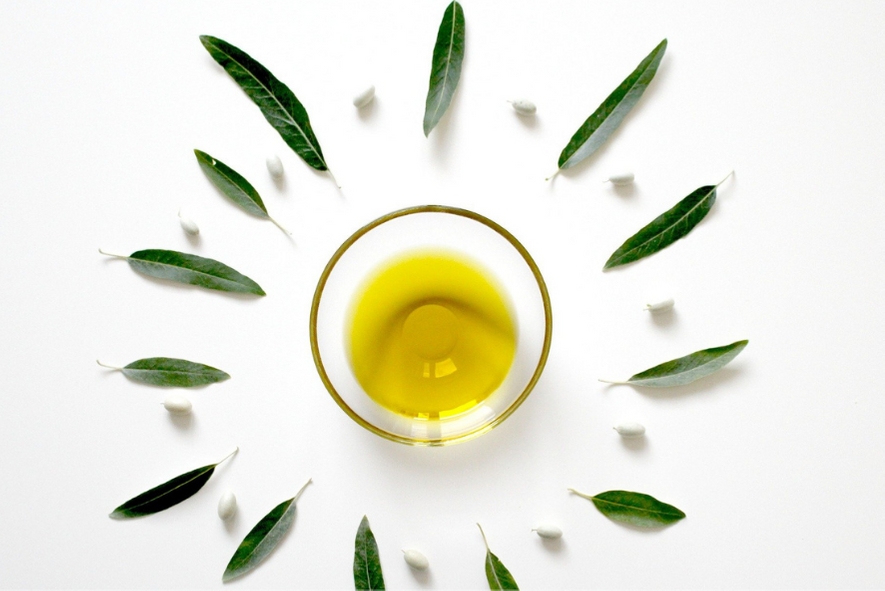

The true value of olive oil
Spain is the world's leading producer and exporter of olive oil. A culinary and healthy treasure that deserves to be explained how it is produced and its immense value.
Surely, these are the most interesting questions about what olive oil is and how it is made.
How many olives does it take to make olive oil?
One liter of olive oil requires about 5 kg. of olives and if we are talking about a premium extra virgin olive oil, harvested in the first weeks of the season, we will need between 7-8 kg. or more, depending on the varieties of the fruit.
The fact that so many kg are necessary is due to the fact that the fat yield of the olive is reduced to 13-20%. Hence, so many kg. of olive are needed per liter of oil.
How many kg. of olives does an olive tree yield?
This depends very much on the type of olive tree and its cultivation system. In an adult tree cultivated in a traditional way, it is possible to obtain between 50-100 kgs. of olive, on the other hand, in a younger tree cultivated in a trellis, it is usually obtained about 7-10 kgs. of olive.
It must be taken into account that the campaign is long. It starts in October, with early harvest oils, and ends around April, depending on the weather and the olive grove.
What is it that makes an olive tree give more or less olives?
There are several factors such as the age of the tree, the type of crop, the climate, etc.
Regarding the type of cultivation, we have traditional, intensive and super-intensive olive groves. In the first case, these are olive trees with a history of up to 50 years, and there are also centenary trees that continue to produce olives and even more than the young ones, since their dimensions are larger. In the best of cases, there are olive trees that produce up to 100 kg. of olives!
While the super-intensive fields are full of young olive trees that, on average, bear fruit in the third year after planting. Although smaller in size than the adults, these olive trees as a whole give a higher yield in kg, and are therefore more profitable than traditional olive groves, because in less space, there are many more trees.
If we talk about the weather, we already know that it is a major factor influencing the harvest of any agricultural product, and olives are no exception.
Frosts, such as the last Filomena, excess rainfall or drought greatly affect the harvest to be more or less abundant and also the quality of the oil obtained.
In general, as happens with the harvesting of fruit trees, the olive harvest suffers from the phenomenon of alternate harvests. This means that after an abundant harvest, a smaller one is produced, because the trees, after a large production, produce fewer shoots. That is why it is so important to help this cycle not to be so uneven by pruning to contribute to the birth of new shoots.
This work can avoid the high contrast that occurs with the same olive tree, which sometimes leads to its harvest to pass halfway from one season to another.
Picual, arbequina, hojilblanca olives…
As with wine, oil is made from one or several varieties of olive. And there are more than 250 types in Spain! Although in our country, the most common ones are arbequina, hojiblanca, picual, cornicabra, etc.
But the choice of one or another to obtain oil also entails an economic cost, because not all olives give the same yield. This means that, logically, the olive trees with the highest productivity, such as those of the arbequina, picual and cornicabra varieties, are cultivated more. To which are added those of arbosana and koroneiki (of Greek origin), for example.
The choice of a variety for the production of olive oil also implies, in addition to the taste, logically, a different time of harvesting, because the moment of maturation in each type of fruit also changes.
In addition, we are currently witnessing a trend towards ‘early harvest oils’. These are oils made from olives that have not yet reached maturity. In such a way that the fruit retains its aromas better, the chlorophyll gives intensity to the green color of the oil, and thus a more aromatic and tasty oil is obtained.
However, this type of oil involves a more costly work, because the olive has to be plucked carefully so as not to damage the branch, since it is not ripe and is about to fall, so it is more attached to the olive tree.
In short, this is one more added cost to add to the price of the oil, if we choose those of higher quality.
Why does the price of oil change?
The price of oil can be compared to a stock market. It changes continuously. And this is influenced, as in any other sector, by supply and demand.
Generally, in a year of a good olive harvest, the supply of oil is greater and therefore the final price to the consumer goes down. However, in a year of lower fruit harvest, the opposite would happen.
More costs to take into account
Of course, in addition to the factors described above, there are also those involved in the cultivation, harvesting, processing and logistics of the oil. From the harvesting of the olives to their display on the shelves of any store.
And these elements are influenced by the cost of oil, in the case of transport; or the cost of electricity, which the mill or mill needs to produce the oil.
Laura Sandua, CEO at Oleosandua


